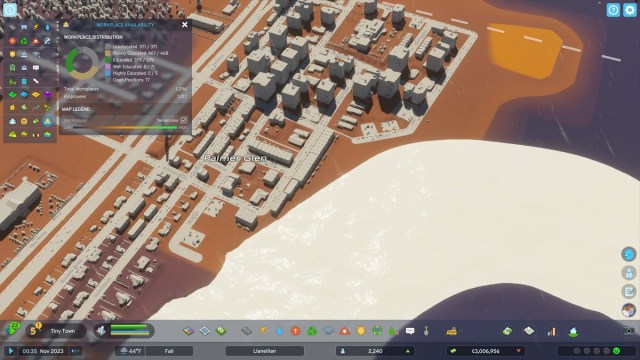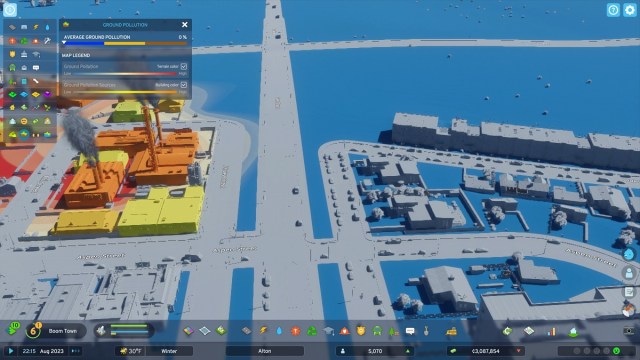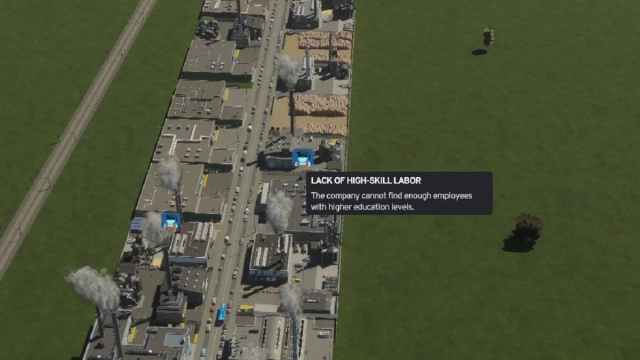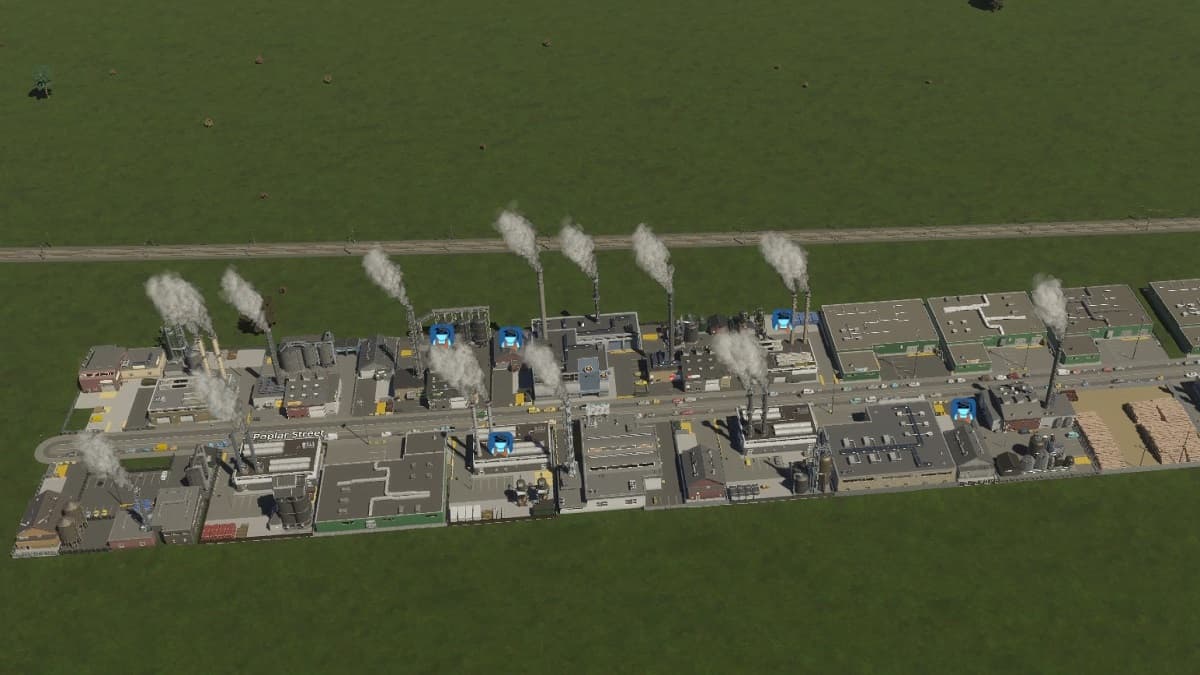It might not be fun, but working is necessary for a city to run properly in both real and virtual life. Depending on various factors, though, businesses might not be fully staffed and suffer for it. Here’s how to fix not enough labor issues in Cities Skylines 2.
How to Fix Not Enough Labor in Cities Skylines 2
There are two types of issues that arise from not enough labor that you’ll come across in Cities: Skylines 2: the default warning and the warning about a lack of high-skilled labor. I’ll go over both of them below while giving some tips on how to get the warnings to go away and your businesses back into, well, business.
What Causes Lack of Labor in CS2?
Both labor issues are similar to the not enough customers problem that often arises from businesses not having enough Cims buying their products. Basically, companies in both industrial and commercial zones are unable to perform efficiently because they don’t have enough employees. However, lack of labor is a bit more difficult to fix compared to not enough customers.
Tip1: Avoid Overbuilding

The first reason you may be running into the lack of labor warning is that you might be overbuilding. When I ran into my first lack of labor issue, I stopped adding zones aside from residential. This gave my population a chance to grow, and as it grew, the open jobs were filled by my new residents. While this is the easiest solution, it also requires patience.
Don’t overbuild industrial and commercial zones. Though the demand meters may be high in your city, that doesn’t always mean you need to add more of a specific zone. Instead, use the Info View to look at your employment statistics in Workplace availability (the worker icon above water pollution).
You can see how many workplaces are available and how many employees there are in your city. You always want these numbers close to each other. For example, one of my cities has 1,294 workplaces and 1,217 Cims employed. That’s a good balance.
Tip 2: Improve Transportation

Alternatively, you might need to improve transportation and access to the locations that have the lack of labor issue. Your citizens won’t work at a business if they can’t get to that location for their jobs. One way to do this is by adding taxi stops (or upgrade a Taxi Depot with the Dispatch Center addition), bus stops, subway stations, and more to get more public transportation in your city.
Further, you can upgrade the roads leading to your businesses. Four-lane roads can be a massive help in congested areas. Lastly, for those Cims that still choose to drive to work, parking lots can help by creating more space for cars.
Tip 3: Place Residential Zones Nearby

In addition to placing better transportation options, you’ll want to consider building residential zones near the areas having the lack of labor issues. This makes it easier for your citizens to work at the locations needing employees. For example, it’s worth building high and medium density residential near or interspersed with commercial to increase walkability. Footpaths can also help in these areas.
Though you never want to build residential too close to industrial areas, Cities: Skylines 2 is a simulation, after all. As long as you plan ahead and monitor any pollution being made by industrial businesses, it’s OK to build residential zones with good road networks closer to these areas than you might initially think (still, better mass transit or larger roads are the best options here).
How to Fix Lack of High-Skilled Labor

However, lack of high-skilled labor is more difficult to fix. In short: you need smart Cims to fill jobs. You can check the education levels of your Cims by using the Workplace Availability option in the Info Views menu. If you don’t have enough highly-educated Cims, it’s time to build colleges and universities to fix the issue.
To boost graduation rates, you’ll also likely want to add structures that make colleges and universities more appealing, like the Hadron Collider. After you build those structures, it can take months for the lack of high-skilled labor icon to go away as you need to wait for students to start graduating. So just be patient.
And that covers how to fix lack of labor in Cities Skylines 2. While it takes some patience and planning, the solutions aren’t too difficult to implement. From here, check out our CS2 guide hub for topics like how to reduce all types of pollution or how to fix lack of entertainment.







Published: Nov 10, 2023 08:28 pm